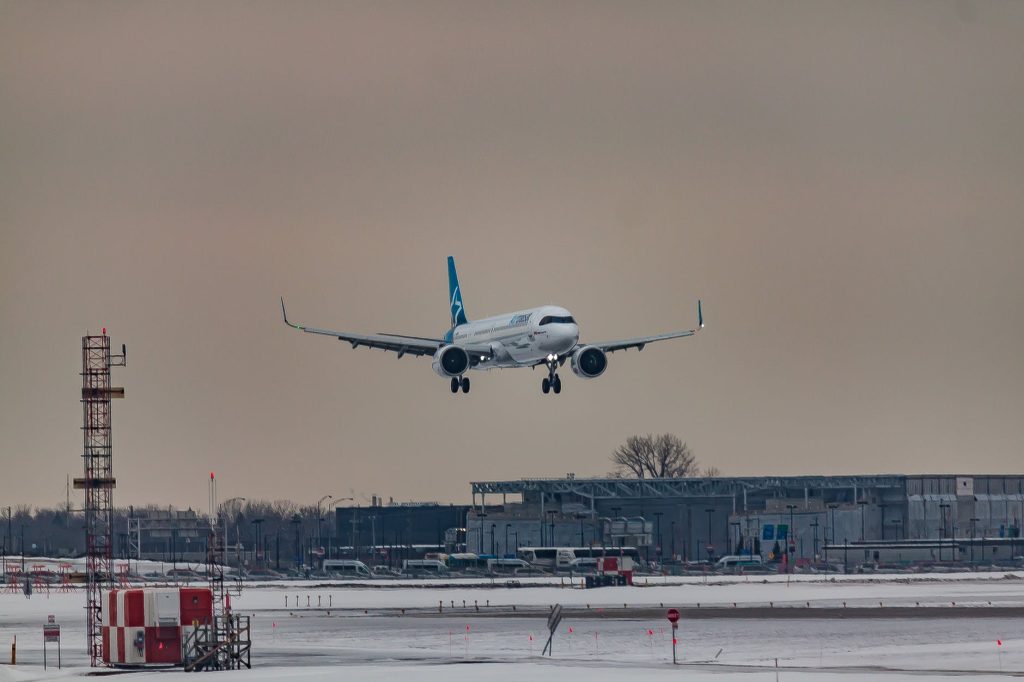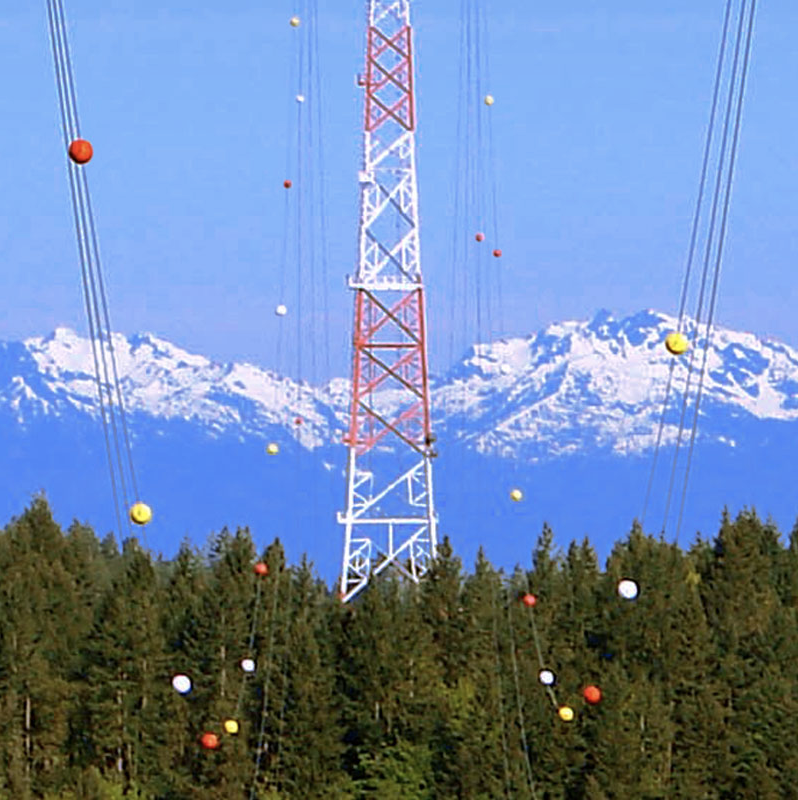
By PR-Tech (Portland, Or.)
Do you do something because you have to or because it’s the right thing to do? Take power lines, utility poles, radio towers, and other potential obstructions to aviation. Marking these would provide a safer environment for us all.
However, it might seem as if only the experts understand the FAA obstruction requirements. For that reason, outside consultants are called on to help make these decisions, but often only because the FAA Advisory Circular guidance is not well understood or followed.
Fortunately, being in compliance with FAA obstruction requirements can be easier than you might think. Read on to find out more about the basics of FAA obstruction-marking guidance, so you can identify potential gaps in your own practices and feel confident you are meeting or exceeding FAA obstruction requirements.
What is the FAA Advisory Circular and What Should I Know About It?
The FAA Advisory Circular (AC) describes the Federal Aviation Administration’s standards for marking and lighting structures in order to promote aviation safety. It offers best practices and advice on making sure you are in compliance.
Why Following the Advisory Circular Can Protect You and Your Business
Chapters 3 and 4 of the Advisory Circular are of particular importance when considering how to make sure you are following FAA obstruction requirements. They not only keep others safe but can protect your business.
Chapter 3 offers recommendations for making structures conspicuous to pilot through painting and marking that will ensure they stand out and Chapter 4 covers lighting topics. Here’s what you need to know.
Paint
Color/Pattern
In general, white and orange paint are the colors that will provide the most contrast to allow for maximum visibility.
Solid colors are not as visible as distinctive patterns which are far more visible. These include checkerboard, teardrop, and alternate bands.
Markers
 Of course, painting doesn’t work on all structures, and that’s where markers or flags come in to identify those features, such as electrical wires, that are impractical to paint. Here are the basic guidelines you should adhere to:
Of course, painting doesn’t work on all structures, and that’s where markers or flags come in to identify those features, such as electrical wires, that are impractical to paint. Here are the basic guidelines you should adhere to:
Size and color
Unlighted markers should be a solid white, yellow, or orange and be a proper diameter for the size of the line…not less than 36 inches for wires that cross features such as canyons, lakes, and rivers, or 20 inches for power lines below 50 feet and within 1,500 feet of an airport runway. An alternating color scheme is the most high-profile choice.
Flags should be at least two feet in length and solid, orange and white, or checkerboard. They should be rectangular and rigid so they are uniform and easy to note.
Spacing
Markers should be placed equally along the wire at approximately 200-foot intervals. Although you might want to have less space in important areas such as near the runway end. Make sure you account for potential wire sag, which can occur from temperature and wind conditions as well as wire weight.
Lighting
Chapter 4 covers the basics of lighting. In addition to heeding the directions that they offer for aviation red obstruction lights and flashing lights, the FAA advisory circular suggests lighted spherical markers to make wires easier to see at night.
Distinctive shapes, like spheres or cylinders, are recommended and should have a minimum intensity of 32.5 candelas. They should be mounted on the highest energized line or used in conjunction with unlighted markers on the highest energized line.
How to Follow the Advisory Circular
You might have noticed the word “advisory” in the name of the FAA Advisory Circular, which means it is exactly that. FAA Advisories are important BUT not mandatory. However, you should follow them regardless, in order to protect your equipment, personnel, and even natural wildlife.
The FAA conducts obstruction evaluations to help keep the airspace safe and recommends that utilities, government agencies, construction contractors and other appropriate personnel read the advisory circular to ensure they understand the rules and are in compliance.
In fact, the FAA requested that the Charting Group “consider and approve updates of the FAA’s Visual Flight Rules (VFR) charts to provide more prominent markings of charted obstacle hazards to save lives and preserve property through improved pilot situational awareness and avoidance of charted obstacle hazards.” In their report, the group cited a number of situations that ended in the loss of life, property or both due to what it termed a “lack of easily discernible wire hazard identification in accordance with FAA guidelines.” Shockingly it noted that power lines claim an average of two helicopters a week, with 30% of the accidents fatal.
A Solution to Be in Compliance with FAA Obstruction Requirements
Fortunately, there are ways to make sure that your lines are properly marked, with power line markers and low line markers from P&R Tech, whose SpanGuard power line markers have been making wires more visible to low-flying aircraft—thus saving lives and property—for over 60 years. They are in complete compliance with FAA regulations and are a wise choice for any organization that wants a safer environment.
Whether you need SunPOWR FAA solar obstruction lights, regular obstruction lights, power line markers, or bird diverters, P&R Tech can help you assess your needs and find the products that will keep you and your staff safe and in compliance.
The skilled experts at P&R Tech can even work with you to source a helicopter if needed in order to install the lights and markers safely and completely. Contact P&R Tech today to find out what you need to know.
